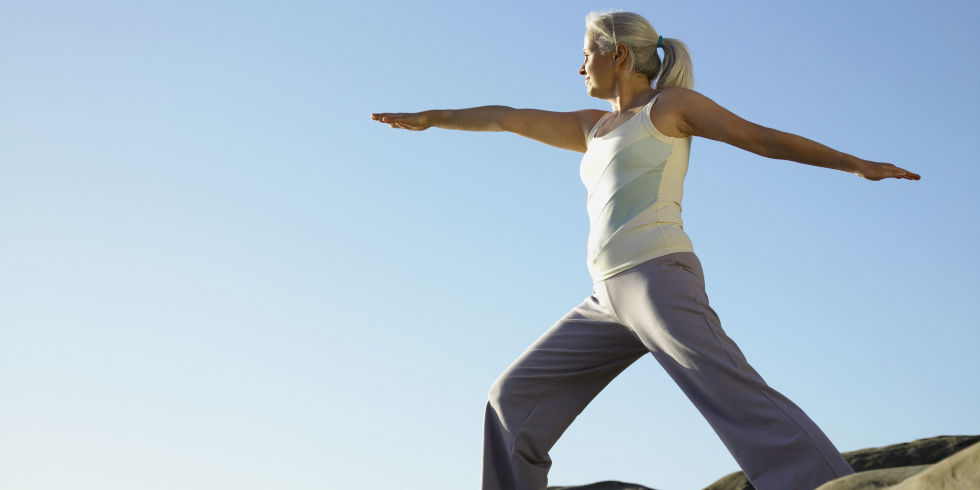Many believe that muscle pain and stiffness are due to general old age and are just an inevitable part in the ageing process. But this doesn’t have to be the case…
The human body is brilliant at repairing itself and, even though it may take longer to recover from an injury when you’re 70-years-old, your cells still replenish in the same way. In fact, it is not ageing, but lifestyle, that may be causing your body aches and pains.
Sports therapist at Brighton Sports Therapy, Jamie Webb, reveals the best ways to stop your body feeling old:
1. Exercise
It is a well-known fact that those who are physically active are healthier, happier and tend to live longer than those who are often sedentary. Not only can inactivity cause health risks such as arthritis and osteoporosis, it can also lead to weight gain, weakened muscles and joint pain.
Ensure you exercise at least three times a week. Healthy muscles optimise our joint mechanics and exercise is crucial for increasing strength and flexibility, reducing joint pain and helping to combat fatigue. It also helps you to maintain a good body weight that will not put too much pressure on your joints.

2. Maintain good posture
Posture can be defined as a state of skeletal and muscle balance and alignment, which protects the supporting structures of the body from progressive deformity and strain. Incorrect posture can increase the strain on muscles, bones and ligaments. Over time, muscles and soft tissues adapt by either shortening or lengthening and these non-optimal strategies can cause pain and joint stiffness.
Being aware of a correct posture is a simple yet important way to keep your back and spine healthy and minimise risk of injury. It also improves your circulation and digestion, makes breathing easier and can even affect your frame of mind.
3. Seek the right treatment
If you have musculoskeletal problems, your GP is not always the best person to go to as they may well just give you pills to minimise the inflammation. In fact, doctors can sometimes be the biggest culprits in dismissing pain as “wear and tear” or old age. Sports therapy or physiotherapy will identify the root cause of your problems and teach you how to manage everyday life so that you do not get the pains again.

4. Reduce stress
Stress increases our sensitivity to pain. We simply feel pain more when we are stressed. It can also lead to an increase in inflammation in the body, which in turn causes further muscle tension and joint stiffness. Your immune system can be weakened by anxiety which leads to feelings of joint pressure. All of which pushes dopamine levels down making the pain harder to ignore.
To reduce stress, avoid too much caffeine, alcohol and nicotine and get plenty of sleep. Daily meditation can also help to ease anxiety. Doing yoga, listening to music and taking walks in nature can also help you to de-stress.
5. Hydration
The cartilage in our joints is made up mostly of water, which is what makes it such a great cushion. When we’re dehydrated, water gets sucked out of the cartilage making it weaker. Keep your cartilage healthy by drinking 6-8 cups of water throughout the day.

6. Nutrition
Eat fibre each day and include whole grains, fruits and vegetables in your diet whilst limiting refined carbohydrates and fat. Opt for inflammation-fighting foods such as ginger, turmeric, pomegranate seeds, apricot and cherries as well as foods that contain potent antioxidants and omega 3 such as apples, nuts and seeds.












